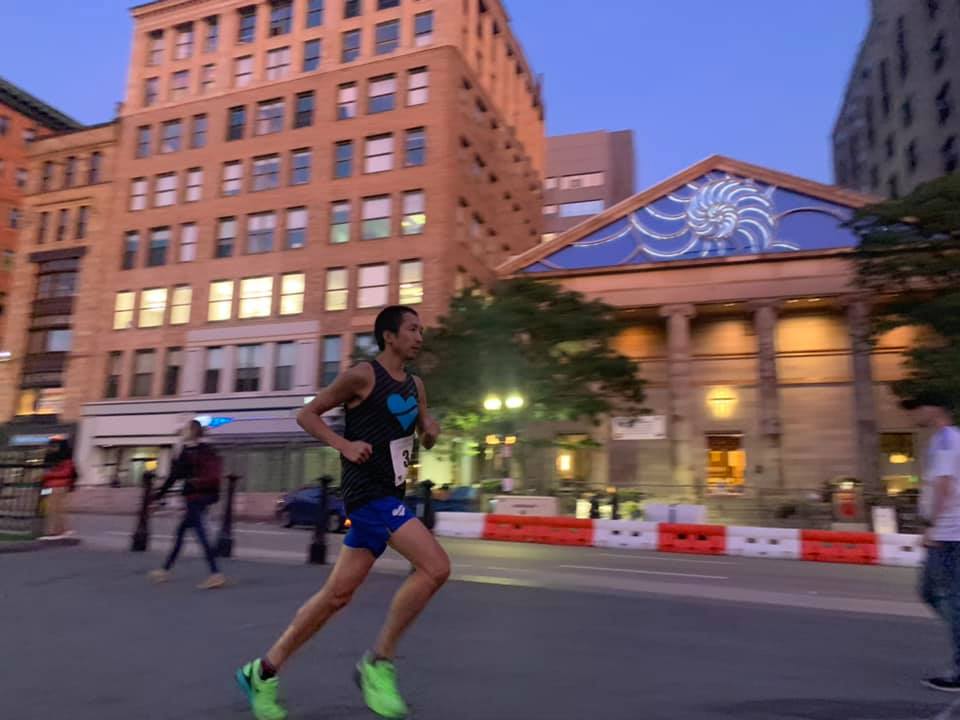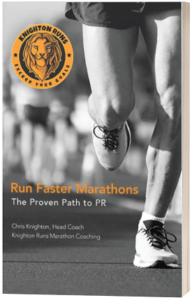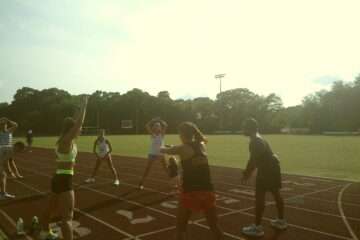Leaving the GPS Watch Behind

A month ago a made a major change in my own personal running: leaving my GPS watch at home for all my runs. No Strava, no pace… just me and an elapsed timer.
Buying a GPS watch was one of the most impactful moments in my running career. Upgrading from my simple Timex IronMan to a Garmin Fenix made me feel like a “real runner”. Knowing my pace (as calculated by satellites and proprietary math equations way up in the sky) and being able to upload my runs online without having to carry along a phone allowed me to quantify and track my training like never before.
In the years since I bought my GPS watch, I’ve seldom run without it. Since buying it, I could tell you exactly how many miles I’ve run, at what pace, how many minutes I spent running, where I ran, who I ran with, on and on and on all tracked by the device. Rushing immediately to sync my watch after finishing a run is satisfying… sometimes I don’t even stretch, drink, or eat post-run because I gotta get that run on Strava first! (Don’t be like me).
What I couldn’t tell you is how all those runs felt. Or why 6:50 pace sometimes felt super hard and other times felt easy. Or why when running a steady-state 5-mile run I felt like I had to constantly be surging or slowing down to stay at the same pace. (Actually, the reason why is because GPS watches aren’t accurate). Or how many hours I wasted of my life syncing and troubleshooting a damn watch.
I’ve had plenty of running to numbers. It certainly helps, but for all the attention we place on the dancing pace on our watch, we lose the sense of what our runs should feel like. We run too fast when our watch is lagging behind, and we run around our block to get that final 0.2 miles in when we are dead tired and sore. For now, I am taking a break from the GPS, to instead run the way people always ran before the year 2000. A basic non-GPS watch is enough.
I couldn’t tell you how many miles I ran the past month, but I could tell you roughly how many hours I ran. I could tell you much better how each run felt. Other than my track days, I have no idea how fast I am going. I like that. Without a pace staring up at me, there is nothing to worry about on my runs.
I am learning to gauge time, distance, and effort like never before.
I am not training with any specific race or pace in mind right now. My focus is on getting fitter while enjoying myself along the way. You don’t need to know how fast or how far you are running to the 0.01 of a mile to get fitter. For me, running without all those numbers (which aren’t all that accurate anyway), is way less stressful. When the time comes to really dial into pace work for a road race, I will most likely strap back on the GPS watch for those long tempo runs and race pace runs. But, until then I am enjoying running free.
Most days are now just me and 60 minutes until I need to be back home. How far and how fast… who cares? On an easy day: easy, on a hard day: hard.
There is more than one way to become a better runner. 2:04 marathons were run decades ago by runners without even a simple wristwatch. A watch is a tool, but we are the master.
Listen to your body, follow an appropriate training plan designed by your coach, put in the work, put in the rest, and be consistent. These are the building blocks to becoming a better runner.
Join the Conversation
Do you always run with a GPS watch or do you leave it at home? What differences do you feel mentally and physically depending on what watch you do or don’t wear?



